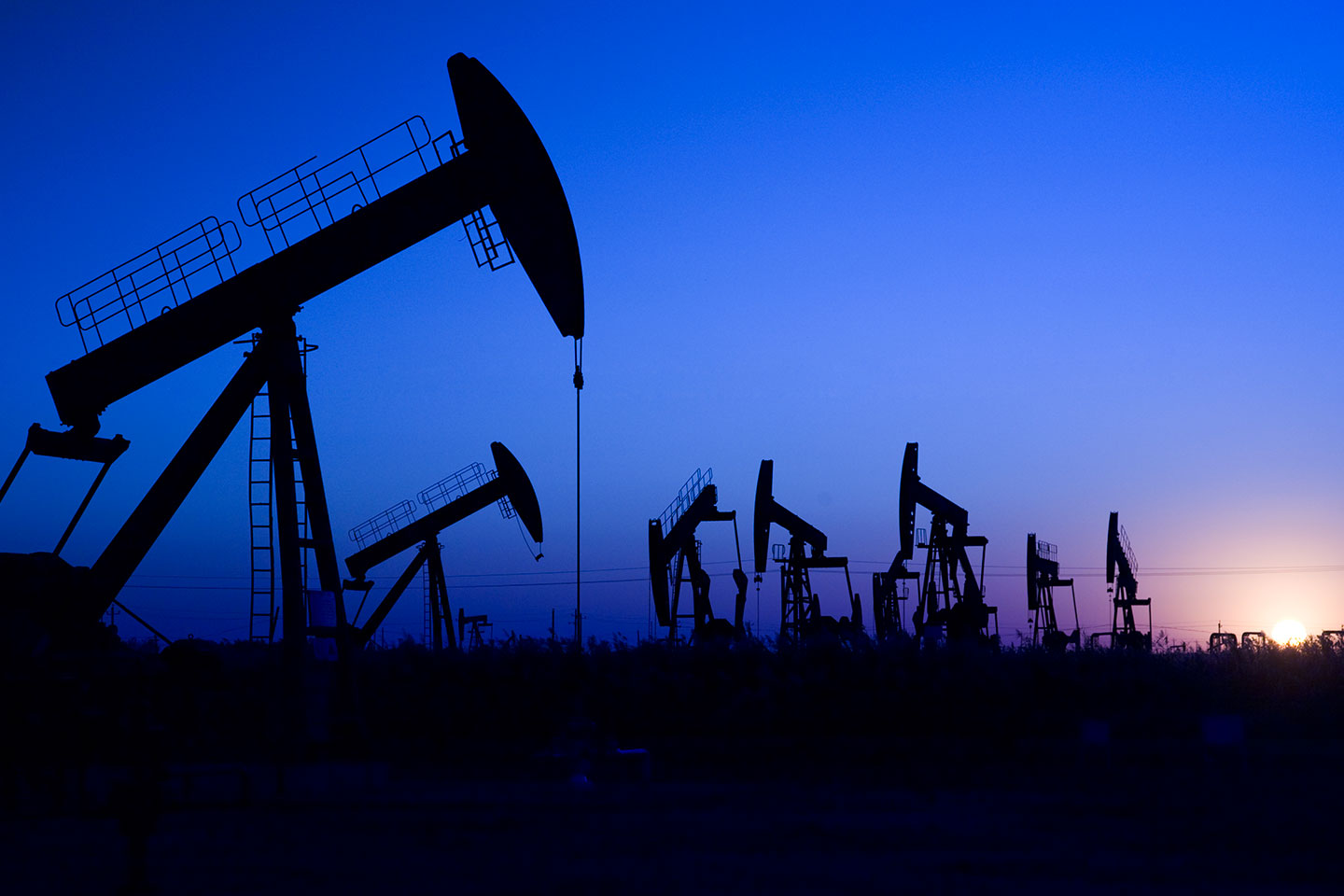Renewed oil weakness sparks demand fears

EghtesadOnline: U.S. oil prices topped $50 a barrel in June, boosting optimism a two-year price rout might end. Six weeks later, the long hoped for recovery has yet to take hold.
Mounting fears that demand has fallen short of expectations as production increases and rig counts rise has analysts believing that any oil price recovery may be a year or more in the future.
The demand response has been slower than bulls had hoped. U.S. drivers have covered fewer miles than expected this summer, and as they speed toward the Labor Day holiday in September, the overhang of gasoline in storage may put downward pressure on crude and refined product prices, according to Reuters.
"Right now, the only thing that would drive prices higher is robust demand," said John Paisie, executive vice president at Stratas Energy Advisors, a Houston-based consultancy. The growth must be across the board, for products including distillates like diesel and jet fuel, as well as gasoline.
"Demand just can't be made up by one product," he said, and demand for diesel has been lagging.
Instead of seeing $60 a barrel, which would support an increase in production, the demand questions, and ongoing supply concerns, mean oil could fall further. U.S. crude settled at $43.13 on Monday, after earlier hitting a three-month low.
"Demand is growing very moderately," said veteran oil economist and independent consultant Phil Verleger. "There's no real surge to it - call it the great moderation."
While gasoline prices have declined, the lower cost at the pump has only a moderate effect on consumer's buying habits, Verleger said. Instead of racing out to fill their tanks, consumers are using the savings to pay down debt, he said.
The U.S. Department of Energy has trimmed its outlook for gasoline demand growth for the remainder of the year, and now forecasts growth of 160,000 bpd, compared with 220,000 bpd previously.
Gasoline demand data often lags by two months or more, but as figures for the beginning of this year's summer driving season have been released, analysts have trimmed their outlook for 2016 growth. U.S. drivers logged two percent more miles in May than a year earlier, compared with 2.2 percent in April, according to the U.S. Department of Transportation.
U.S. gasoline demand rose by a modest 0.8 percent in April according to the Department of Energy. May data is due out on Friday.
Experts agree that rebalancing the market will take strengthening demand, as crude from shale formations and deepwater fields has continued to come into production despite lower prices.
"There's got to be a reckoning that we only have a few weeks left of peak gasoline demand, and then we hit a shoulder season," said Michael Cohen, head of energy commodities research at Barclays. In the so-called shoulder season during the autumn, diesel usually drives petroleum demand.
European diesel demand also may be weaker than expected because of Britain's Brexit vote to leave the European Union, Cohen said. In China, stockpiles have built, which may limit Asian demand growth.
Without a surge in demand, the market will be unable to use up the gasoline that refiners stockpiled ahead of a summer driving season that shaped up to be more lackluster than expected.
Cohen said he did not expect to see prices fall into the $20s or $30s as in January and February. However, he said, "our view continues to be slightly lower than where we are."


